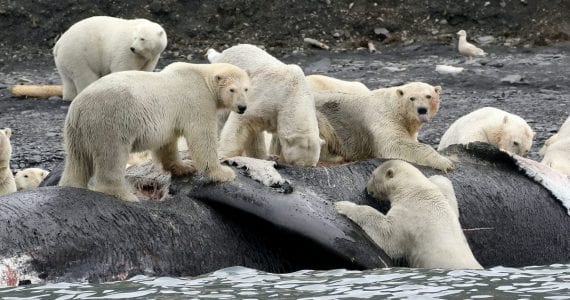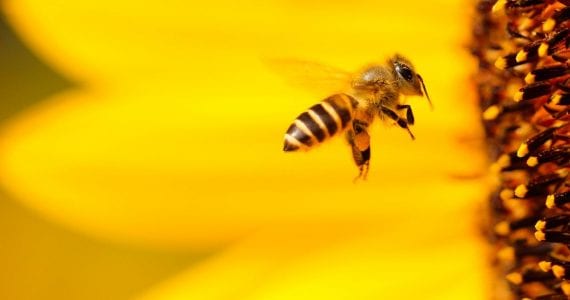It is the season to lose thick coats and fur mufflers as we’re just a few months away from summer and that means warmer days are up ahead.
But before we ready our bikinis and swimming trunks, it’s time to witness one of nature’s most amazing phenomena, animal migrations.
Spring is the time when different creatures from the animal kingdom embark on their journey, and this movement is not limited to birds only.
While every species has different ways of traveling, University of Georgia ecologist Andy Davis said the vernal migration kept the population strong.
Monarch Butterflies
Every spring, monarch butterflies jet toward the United States and Canada from Mexico, traveling about 1,900 miles while laying eggs along the way.
The opposite happens during the fall, where one generation heads to the mountainous forests in the south to spend winter safely.
There, they gather together in oyamel fir trees, which National Autonomous University of Mexico’s research scientist Pablo Jaramillo-Lopez said make a microclimate for the monarchs and explained that the branches somehow act as a blanket for the creatures.
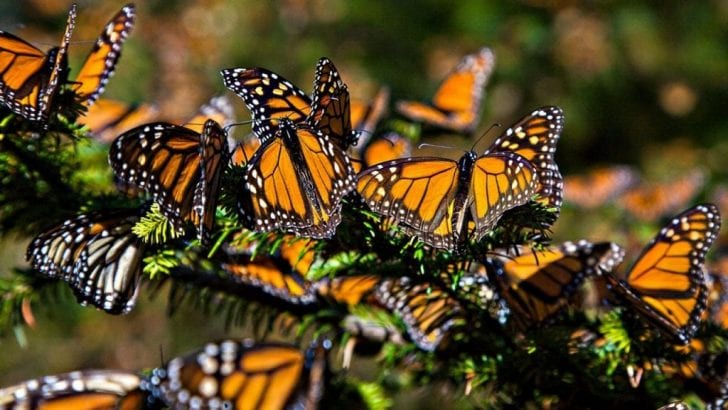
According to experts, monarch butterflies take about four or five generations before they complete the journey. However, it certainly is not an easy feat for the long-lived clan to trace back their route.
That’s why only a certain population completes the travel, and according to research, the selective movement shows that the biggest ones tend to survive more than the smaller ones.
Emperor Penguins
There’s a breathtaking phenomenon that happens during March in Antarctica – the migration of Emperor penguins.
While it is spring in some parts of the world, the southernmost continent’s temperature by this time is dropping.
Unlike other animals that travel to a distant land to find warmer areas, the tallest among their kind journey more than a hundred miles across thick snow to reach their destination, one that’s the same every year although their path to the site is usually different.
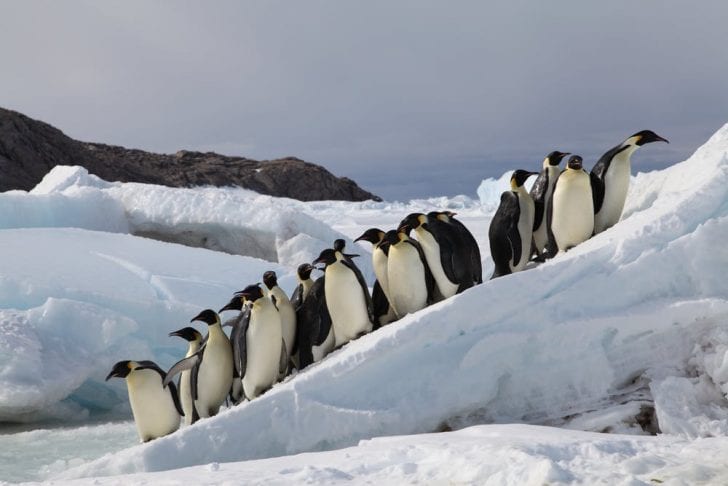
These cute animals brave harsh weather conditions just to breed at their destination. Once there, the males will not eat just to take care of the eggs.
What’s amazing is that they learned to huddle, a social behavior that aims to keep themselves warm in a -60 degrees Celsius environment.
According to a research, huddling could create a temperature of 24 degrees Celsius inside. Meanwhile, the females would travel to the ocean for two months to hunt for food that they will feed to their young.
Leatherback Sea Turtles
Sea turtles are known to migrate foraging in other waters or to find warmer waters. However, the ones that travel the farthest are the leatherbacks, swimming for a whopping 10,000 miles.
That’s not all, they also dive to the depths of about 4,000 feet! Unlike the first two that journey to breed or to survive, these sea creatures do so to hunt for food.
Yup, they are willing to explore far and wide the vast seas in search of their favorite meal – jellyfish. In fact, they so love the gelatinous animals that they can weigh for as much as 2,000 pounds!
According to WildWhales.org, leatherback sea turtles are capable of regulating their body temperature that’s why they can travel in cold waters.
Females lay eggs in tropical beaches and leave them there to hatch. Drexel University study coordinator James Spotila said in a 2012 study that these creatures take t
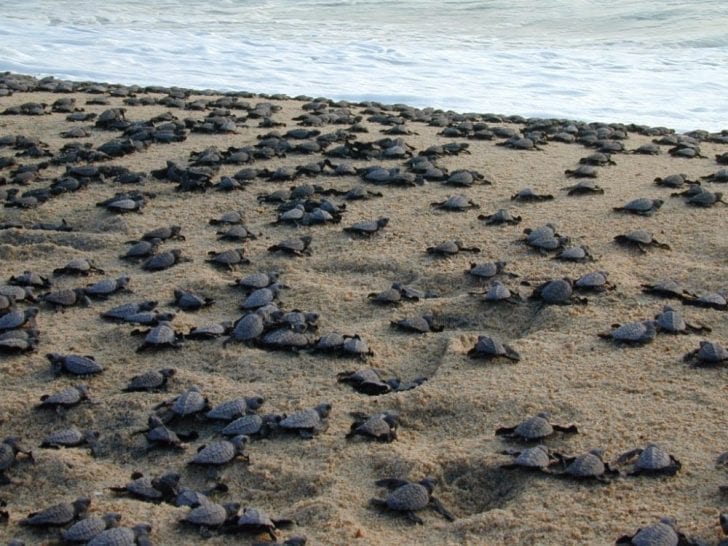
ime to mature so it greatly affects their population if they get killed in fishing.



